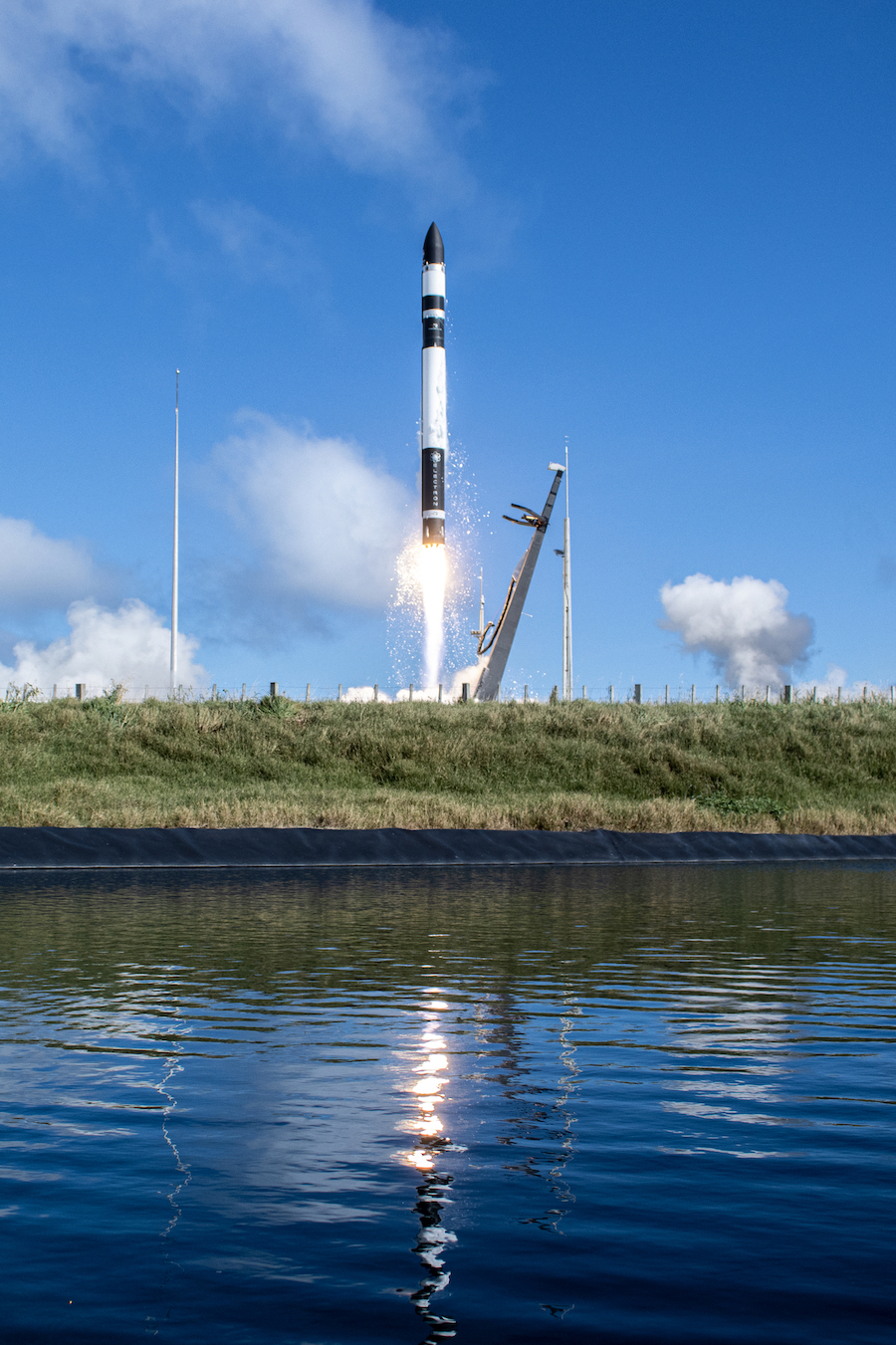Latest News

Rocket Lab launches the first TROPICS mission for NASA on May 8 from New Zealand. Photo: Rocket Lab
Rocket Lab launched the first TROPICS mission for NASA on Monday from New Zealand, launching two cubesats that will monitor hurricanes. This is the first of two dedicated missions for NASA to launch four total cubesats in the TROPICS constellation.
The Electron mission took off at 1 p.m. local time from Rocket Lab’s Launch Complex 1 in New Zealand.
The TROPICS constellation will improve the timing of NASA’s storm tracking. The satellites will be able to travel over a particular storm about once per hour, compared to current availability of once every six hours. These satellites will provide the first high-revisit microwave nearly global observations of precipitation, temperature, and humidity.
“Providing more frequent imaging will not only improve our situational awareness when a hurricane forms,” said Karen St. Germain, director of NASA’s Earth Science Division. “The data will provide information to models that help us determine how a storm is changing over time, which in turn helps to improve forecasts from our partners like the National Hurricane Center and Joint Typhoon Warning Center.”
Each cubesat is a 2U Blue Canyon Technologies spacecraft bus with an attitude determination and control system (ADCS), avionics, power, and communications, and a 1U spinning radiometer payload with microwave receiver electronics designed at MIT Lincoln Laboratory with receivers from UMass – Amherst and Virginia Diodes Inc.
NASA said all four satellites need to be deployed into their operational orbit within a 60-day period, so the second mission is scheduled for soon after. It is expected to launch on another Electron rocket in approximately two weeks from Launch Complex 1.
Rocket Lab’s contract for the launches was awarded under VADR, NASA’s venture-class acquisition of dedicated and rideshare.
Get the latest Via Satellite news!
Subscribe Now